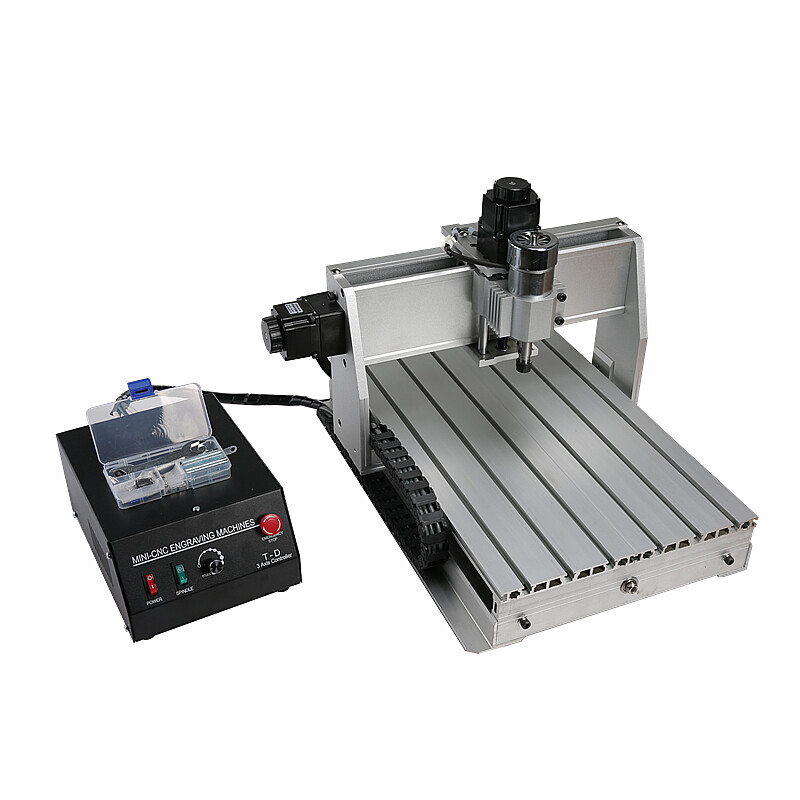Ralat format e-mel
emailCannotEmpty
emailDoesExist
pwdLetterLimtTip
inconsistentPwd
pwdLetterLimtTip
inconsistentPwd

Berita
Do You Know the PCB Manufacturing Process?(2)
Drill hole
To connect the four layers of untouched copper foil in the PCB, first drill holes through the PCB from top to bottom, and then metalize the hole wall to conduct electricity.
Use the X-ray drilling machine to locate the inner core board. The machine will automatically find and locate the hole position on the score board, and then punch a positioning hole on the PCB to ensure that the next drilling is through the center of the hole position.
Put a layer of the aluminum plate on the drilling machine, and then put the PCB on it. To improve efficiency, 1-3 identical PCB boards will be stacked together for perforation according to the number of layers of PCB. Finally, a layer of aluminum plate is covered on the top PCB, and the upper and lower layers of an aluminum plate are used to prevent the copper foil on the PCB from being torn when the drill bit is drilled in and out.
In the previous lamination process, the melted epoxy resin was extruded outside the PCB, so it needs to be cut off. The profiling milling machine cuts the periphery of the PCB according to the correct XY coordinate.

Chemical precipitation of copper on the pore wall
Since almost all PCB designs use holes to connect different layers of circuits, a good connection requires a 25-micron copper film on the hole wall. This thickness of copper film needs to be achieved by electroplating, but the whole wall is composed of non-conductive epoxy resin and fiberglass board.
So the first step is to deposit a layer of conductive material on the hole wall and form a 1-micron copper film on the whole PCB surface, including the hole wall, by chemical deposition. The whole process, such as chemical treatment and cleaning, is controlled by machines.
Outer PCB layout transfer
Next, the PCB layout of the outer layer will be transferred to the copper foil. The process is similar to the previous PCB layout transfer principle of the inner core board. The PCB layout will be transferred to the copper foil using photocopied film and photosensitive film. The only difference is that the positive film will be used as the board.
The inner PCB layout transfer adopts the subtraction method, and the negative film is used as the board. The PCB is covered by the solidified photosensitive film. After cleaning the uncured photosensitive film, the exposed copper foil is etched, and the PCB layout line is protected by the solidified photosensitive film.
The outer PCB layout transfer adopts the normal method, using positive film as the board. The noncircuit area is covered by the cured photosensitive film on the PCB. After cleaning the uncured photosensitive film, conduct electroplating. Where there is a film, it cannot be electroplated. Where there is no film, it should be plated with copper first and then tin. Alkaline etching is carried out after film removal, and then the tin is removed. The circuit pattern is left on the board because it is protected by tin.
Clamp the PCB with a clip and electroplate the copper. As mentioned before, to ensure the sufficient conductivity of the hole, the copper film plated on the whole wall must be 25 microns thick, so the whole system will be automatically controlled by the computer to ensure its accuracy.
Outer PCB etching
Next, a complete automatic pipeline completes the etching process. First, clean the cured photosensitive film on the PCB. Then use strong alkali to clean the unwanted copper foil covered by it. Then remove the tin coating on the copper foil of the PCB layout with a tin stripping solution. After cleaning, the 4-layer PCB layout is completed.
For more information about 3018 pro pcb, shapeoko pcb, cnc 3018 pro pcb milling, welcome to contact us at any time!

